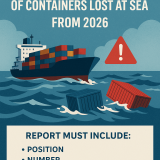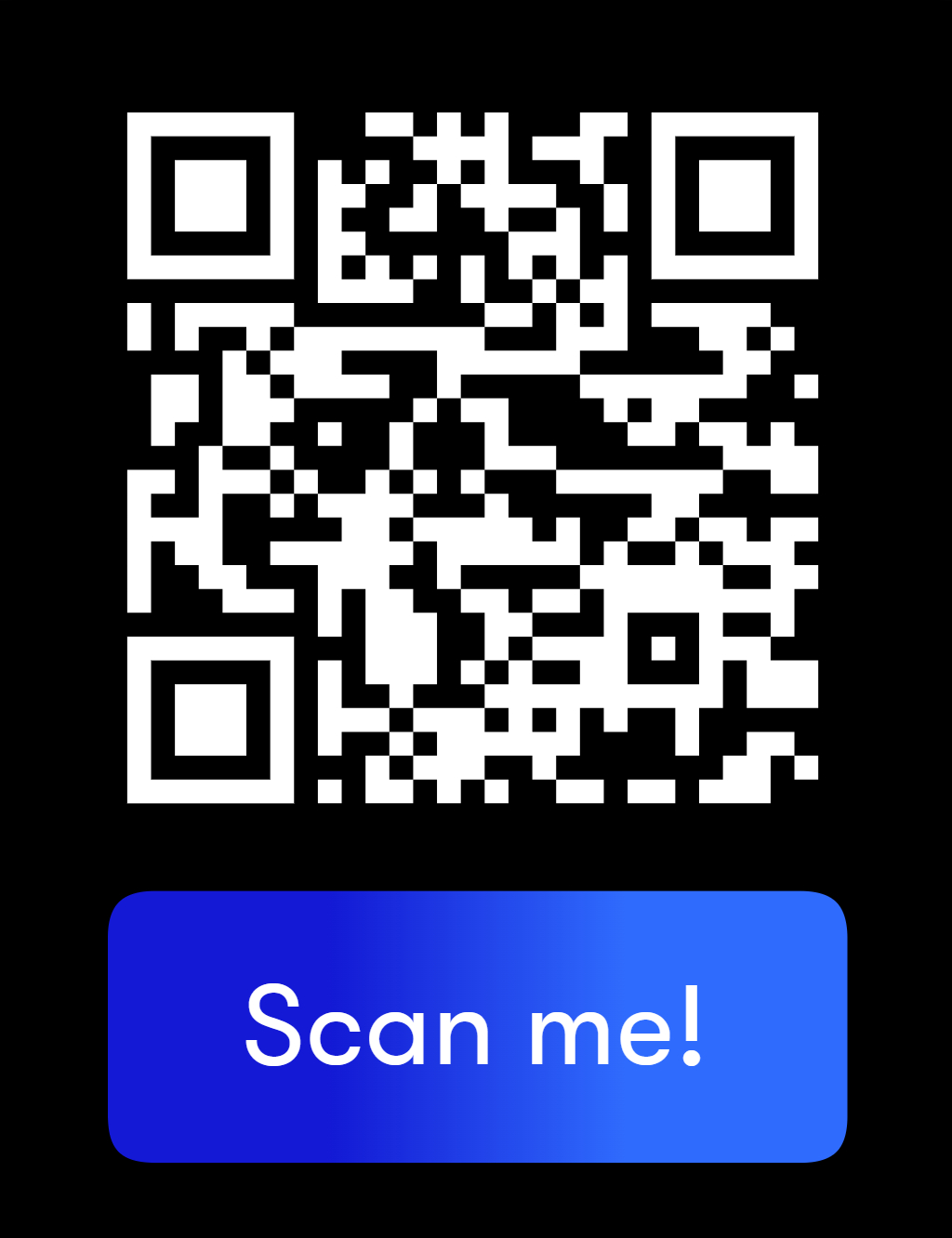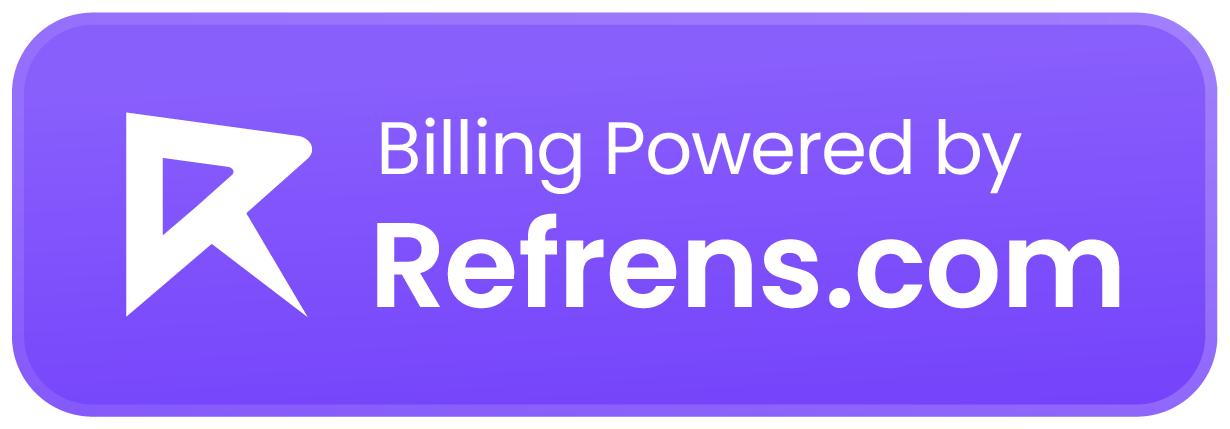September 13, 2022 GENERAL
Clarifying, clearing (up), construing, demonstrating, elucidating, explaining, explicating, expounding, getting across, illuminating, illustrating, interpreting, simplifying, spelling out, unriddling, deciphering, decoding, analyzing, breaking down, disentangling, undoing, unraveling, unscrambling, untangling, resolving, solving, defining, specifying, annotating, commentating, glossing
These are all words either meaning or related to the term “demystifying”..
Demystifying actually means “to make plain or understandable” and this was the prime objective and reason why Shipping and Freight Resource was started in 2008 – to make shipping and freight “plain, understandable and simple” to Joe Public..
Through various knowledge and education-related articles and news and insights articles, this site aims to demystify shipping and freight jargon..
It is recommended you read this article first to know the difference between Maritime, Shipping, Freight, Logistics and Supply Chain itself..
This installment of “Demystifying Shipping and Freight Jargon” is about The Flag of the Ship..
Like people, a ship also has a nationality assigned to it.. This is represented by a flag that the ship flies at all times.. A ship is assigned a flag through registration with a Ship Register or Ship Registry and the ship is expected to follow the rules and regulations enforced by this register at all times..
The nationality or port of registration is shown on the stern of a ship.. In the above example, the marking on the stern tells the world that the ship called CAPE ORCHID has been registered in Port Elizabeth in South Africa (you can see the South African flag)..
Any ship over 100 GT (Gross Ton) irrespective of whether it is a cargo vessel, fishing vessel, passenger vessel etc, has to be registered.. This registration grants the ship physical and legal protection of that flag/flag state which may be applied to vital areas such as safety of cargo and life of those on board the ship..
Ships need not necessarily be registered under a country’s own flag.. For example a ship owned by British nationals need not be registered mandatorily under the British Flag or UK Ships register.. It may be registered with registries other than the British Registry..
Types of ship registers
 Some ships fly the flag of their own country, meaning it is owned, operated, and manned by nationals of that country..
Some ships fly the flag of their own country, meaning it is owned, operated, and manned by nationals of that country..
This form of registration is called “Traditional Register” wherein the owner of the ship should necessarily be from the country of registration and the place of business should be in the country of registration..
Some ships fly the flags of other countries, like a ship owned by a Japanese firm flying a Maltese flag.. This form of registration is called an “Open Register“..
Many ship owners also opt for what is known as a “Flag of Convenience” (FOC).. An FOC is a type of open registry that offers (among other things) an attractive fiscal regime, substantially lower administrative fees, flexible to loose maritime safety policies, and lower costs for the ship owners..
FOC is a pejorative term used for an open registry and a FOC usually has no genuine link between the state and the ships that are flagged under that state..
For example, the ship is not owned by anyone from that country of registration, the ship is not operated by anyone from that country and the country of registration has no crew members or any other kind of administrative, technical, or social connection with that ship..
Because of this, organizations like the ITF (International Transport Workers Federation) find it difficult for unions, industry stakeholders and the public to hold ship owners to account as they may not follow the various regulations set..
The list of countries that have been declared as FOCs by the ITF’s fair practices committee can be viewed here..
Why is a flag important in shipping..??
A flag provides an identity to a ship which means the ship’s national state has exclusive dominion over the ship and no other nation can exercise dominion over that ship although a ship of any nation can navigate the oceans freely under the “guiding principle of the sea” which is freedom..
Of course, there are caveats here in the form of sanctions against certain countries which are enforced in shipping based on the flag/nationality of the ship..
As an example, the International Association of Classification Societies has withdrawn the Russian ship register’s membership after Russia’s attack on Ukraine..
This means ships flying the Russian flag are under sanction and any country doing trade with Russian flagged ships do so under risk of such sanctions.. There are political caveats to this as well which you can read about here..
The registration of a ship plays an important role in ensuring safety and security of the ship and significantly contributes to the protection and preservation of the marine environment..
As per IMO regulations, all ships must be surveyed in order to ensure that the ships under their register/flag are structurally sound and subscribes to design and safety standards and issue certificates that establish a ship’s seaworthiness..
The registration and linking to a national registry in a traditional register means that these ships may be requisitioned at time of war for the transportation of goods and people in the service of the nation..
The ship’s flag is also of importance in identifying specific registries or flag states that do not take action or turn a blind eye against shipowners who violate the rights of seafarers and in 2022 we are seeing a shameful record of seafarer abandonment..
Top ship flags by ships, DWT and value
Below are the current top-ranked ship flags by DWT (Dead Weight Tonnage), number of ships and value of ships..
As you can see, many ships are flying Flags of Convenience than their own national or traditional flags.. This is because a Flag of Convenience offers shipowners many benefits mentioned above, compared to traditional registers..










